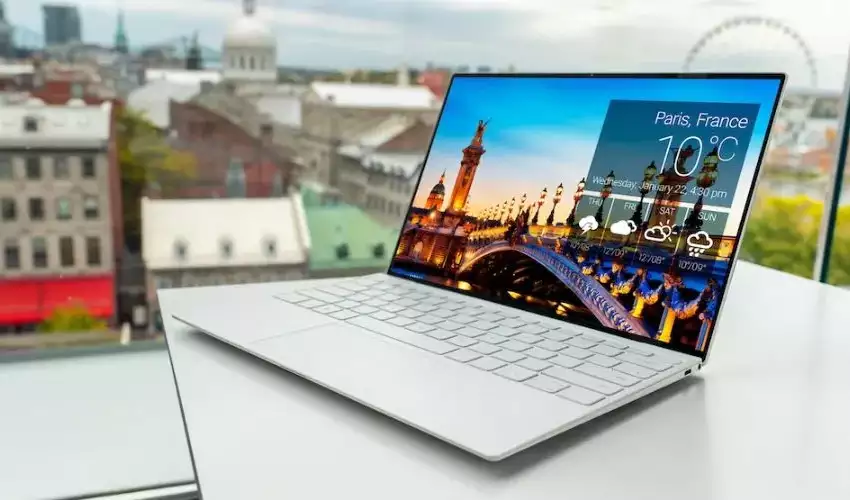Television, an invention that has become an integral part of our daily lives, has undergone a remarkable transformation since its inception. From the early days of black-and-white screens to the era of high-definition smart TVs, the journey of television reflects not only technological advancements but also societal changes and cultural shifts. In this blog, we will delve into the history, impact, and future of television, exploring its evolution and the role it plays in shaping our world.
The Early Years of Television
Invention and Innovation
Television, as we know it, traces its roots back to the late 19th and early 20th centuries. Pioneers like John Logie Baird and Philo Farnsworth contributed significantly to the invention of television. The first electronic television, utilizing cathode ray tubes, emerged in the 1920s. These early televisions were rudimentary by today’s standards, featuring small screens and limited programming options.
Black-and-White Era
The initial years of television were characterized by black-and-white broadcasts. Families gathered around small screens to watch grainy images transmitted through the airwaves. The content was limited, and programming was broadcasted at specific times, creating a shared experience for viewers across the nation.
The Rise of Color Television
A significant milestone in television history was the introduction of color broadcasting. The transition from black-and-white to color screens enhanced the viewing experience, bringing a new level of vibrancy to shows and events. Color television sets became a symbol of technological progress and prosperity in households.
The Impact of Television on Society
Shaping Cultural Narratives
Television has played a pivotal role in shaping cultural narratives and influencing societal norms. Iconic shows like “I Love Lucy,” “Friends,” and “The Simpsons” became cultural phenomena, reflecting and often challenging prevailing attitudes. Television has been a powerful medium for storytelling, introducing characters and narratives that resonate with audiences worldwide.
News and Information Dissemination
Television serves as a primary source of news and information for millions of people globally. The immediacy of television broadcasting allows viewers to stay informed about current events, from breaking news to in-depth analysis. News channels have become a vital part of the media landscape, contributing to public awareness and shaping public opinion.
The Global Village
Television has transformed the world into a global village. Events, both significant and trivial, are broadcasted in real-time, connecting people across continents. International news, sports, and entertainment have become accessible to a global audience, fostering a sense of interconnectedness and shared experiences.
Advertising and Consumer Culture
The advent of television brought about a new era in advertising. Commercials became an integral part of the viewing experience, influencing consumer behavior and creating a consumer culture. The power of television advertisements to shape public perception and drive sales has made it a cornerstone of marketing strategies.
The Technological Revolution
From Analog to Digital
The transition from analog to digital television marked a technological leap forward. Digital broadcasting improved picture and sound quality, providing viewers with a more immersive experience. Additionally, it opened the door to interactive features, electronic program guides, and on-demand content.
The Era of High-Definition and Smart TVs
High-definition television (HDTV) brought unprecedented clarity and detail to the screen. The rise of flat-panel displays and smart TV technology revolutionized the way we consume content. Smart TVs, equipped with internet connectivity and streaming capabilities, turned televisions into multimedia hubs, offering a vast array of content at our fingertips.
Streaming Services and Cord-Cutting
The emergence of streaming services, such as Netflix, Hulu, and Amazon Prime Video, has transformed the television landscape. Viewers now have the freedom to choose what, when, and where to watch, leading to a rise in cord-cutting—abandoning traditional cable and satellite subscriptions in favor of on-demand streaming.
The Future of Television: Beyond the Screen
The Integration of Artificial Intelligence
Personalized Content Recommendations
Artificial intelligence (AI) is increasingly playing a role in shaping the television experience. AI algorithms analyze viewing habits to provide personalized content recommendations. Whether it’s suggesting new shows or creating customized playlists, AI enhances user engagement and satisfaction.
Interactive and Immersive Experiences
The future of television goes beyond passive viewing. With advancements in augmented reality (AR) and virtual reality (VR), television shows and events can offer interactive and immersive experiences. Viewers may find themselves inside the action, exploring virtual worlds from the comfort of their living rooms.
The Internet of Things and Smart Homes
Television is becoming a central hub in the interconnected ecosystem of smart homes. Integration with the Internet of Things (IoT) allows TVs to control other smart devices, from lighting to thermostats. The concept of a smart home revolves around seamless connectivity, where television becomes a command center for various household functionalities.
Conclusion
Television has come a long way since its humble beginnings, evolving from cathode ray tubes to smart screens that redefine our entertainment experience. Its impact on society, culture, and technology cannot be overstated. As we look to the future, television continues to adapt and innovate, integrating cutting-edge technologies to deliver content in ways unimaginable in its early years. The evolution of television reflects not only the progress of technology but also the changing dynamics of how we connect, consume, and experience the world around us.





